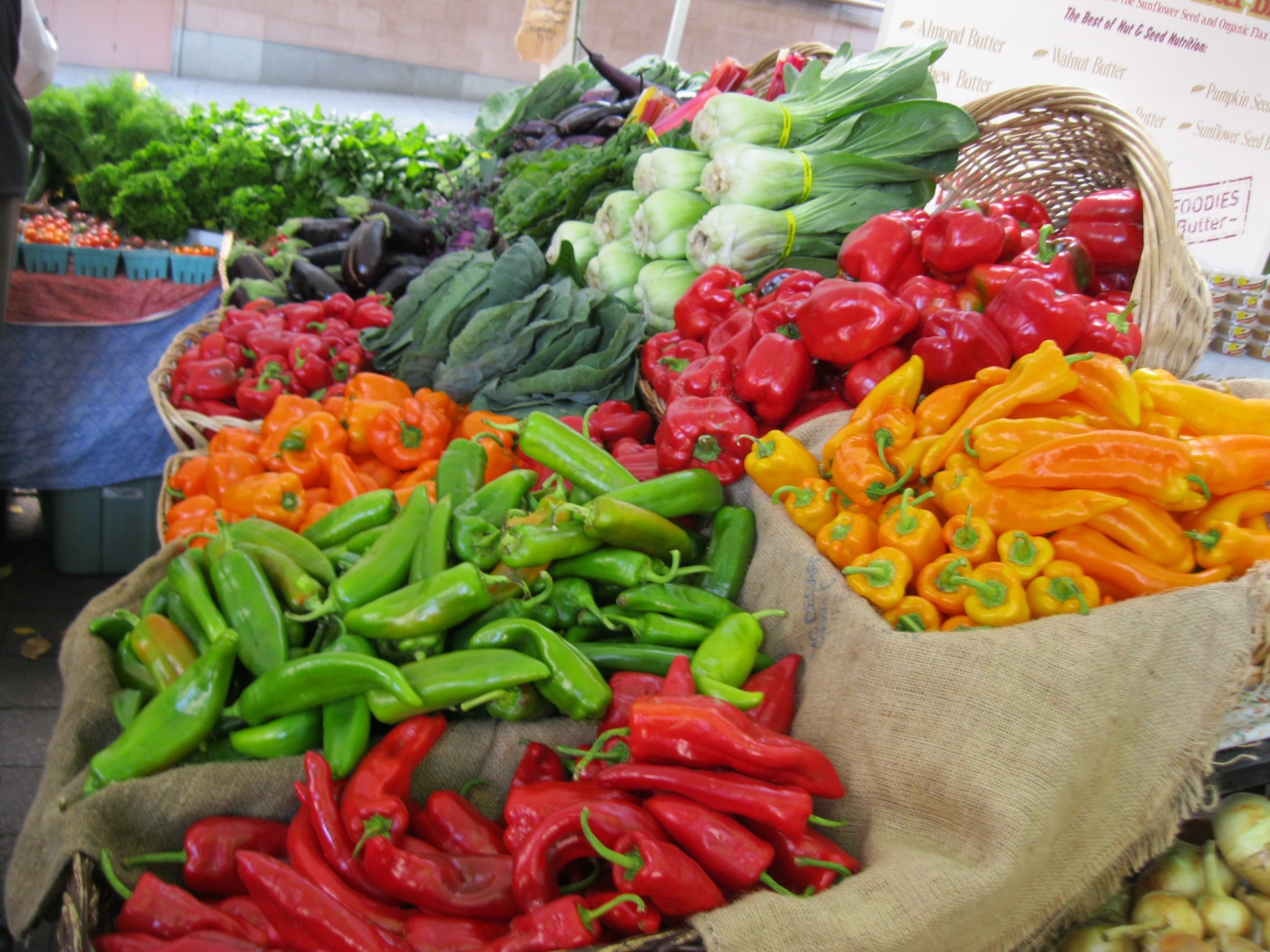The Social and Emotional

Re-reading this article tonight, after a particularly creative third grade Literacy Studio today, I was thrown against the cold reality of the mindset of those who really would have us believe that control, certainty, and the dehumanization of the students in our care is the way to a more robust economy and stable society. In Creativity is Not the Enemy of Good Writing, the authors push back against the architect of the Common Core’s coldhearted acceptance of his own hopeless worldview – and his influence on our public school classrooms. (For those of you who haven’t, you can hear David Coleman’s infamous line delivered here.)
In his (related) article, Rich People Just Care Less, Daniel Goleman wrote this week that, “A prerequisite to empathy is simply paying attention to the person in pain.” I would shorten that sentence to simply state that a prerequisite to empathy is paying attention. But do notice the removal of the word “simply” to qualify what it takes to pay attention. It’s not simple. It takes time and it takes practice. It requires practice considering and articulating what we think and what we feel. And in our diverse public school classrooms, this practice is critical. It increases our capacity and potential for emapthy, and it gives us opportunity to use it.
This kind of intentional practice has the capacity to take us beyond empathy to perspective taking, which is another kind of creative and sophisticated leap of imagination. If this is a skill that is going to be valued in our neighborhoods and in our halls of Congress, it needs first to be valued in our schools.
Opal School third graders hopped off the MAX train this week, writer’s notebooks in hand. They explored Portland’s Director’s Park, the Farmer’s Market, and the Public Library. They used those writer’s notebooks to capture what they thought and what they felt.
We know that children have a unique, spontaneous way of asking, exploring, noticing, seeing, and attempting explanation. We know there is no passive way to create relationship and that children naturally enter into this active, reciprocal process of inquiry and research which results in relationship — and as adults, we can support them by offering structures for reflection. It is reflection which allows us to leave our old theories behind, to change, to learn, and to see new possibilities. We support this willingness to learn by accompanying the children’s inquiry, supporting the culture of childhood which is so unlike our own, passive, adult experience.
Howard Gardner has said, “Creativity belongs to children.” How do adults create favorable conditions in which it can thrive?
Back at school the third graders were asked to use color and line to capture an emotion they felt as they experienced our adventure together:

The
reason I chose the color purplish pink was because it’s sort of like the color
of my tongue and the emotion I chose was when I was mouth-watered, which is the
feeling you get when you really want to taste something. That is the emotion I
felt right then. I felt like that when I was passing the chocolate booth. It
smelled good and it looked delicious. Brown, sweet, soft… My painting is like my arms trying to reach the delicious
food. I mean I didn’t actually reach my hands out like that — that’s what I want to do that I felt in my
mind. (SS)
My
color is winter green. It is warm and cozy. I felt this was when I was in the
library. I covered my painting all the way because it was cozy everywhere. (CM)
 If you crack open the word surprise, you see: joy, happy,
If you crack open the word surprise, you see: joy, happy,
nice, cheerful, love, amazed, excited. Take away the “surp” part and it would be
“rised”. Like a sun rised. Also like a sunflower! Where I felt it in the market,
at a stand called Sungold Farm: pinto beans, black beans, bok choy, golden
peaches, pumpkins, ripe lemon drops, big things of happiness so much make me
surprised. (SM)
I was near the fountain. I looked up and saw a huge
building. It was like a huge building to a tiny rock that’s why I wanted to
paint the feeling ‘tiny’. (NL)
What might happen next?
How do we learn to pay attention if we are never asked what we think and what we feel? How do we learn to be comfortable with the thoughts and feelings of others – which might be so different from our own – if we aren’t invited to express ourselves? How do we support all people to care more if we structure our schools to suppress and replace our natural strategies for seeking relationship and making meaning? What if we recognized our societal ills not as symptoms and results of an academic gap, but a relational gap? What if our classrooms were seen as places where we could build new visions of society by modeling them after the world we want to live in?




I love—love love love—that blue painting! I’d put it next to a Rothko any time! That adventure sounds like a huge success.
And, when you wrote—“We know that children have a unique, spontaneous way of asking…” in that last paragraph, you’re asking some pretty great questions yourself!